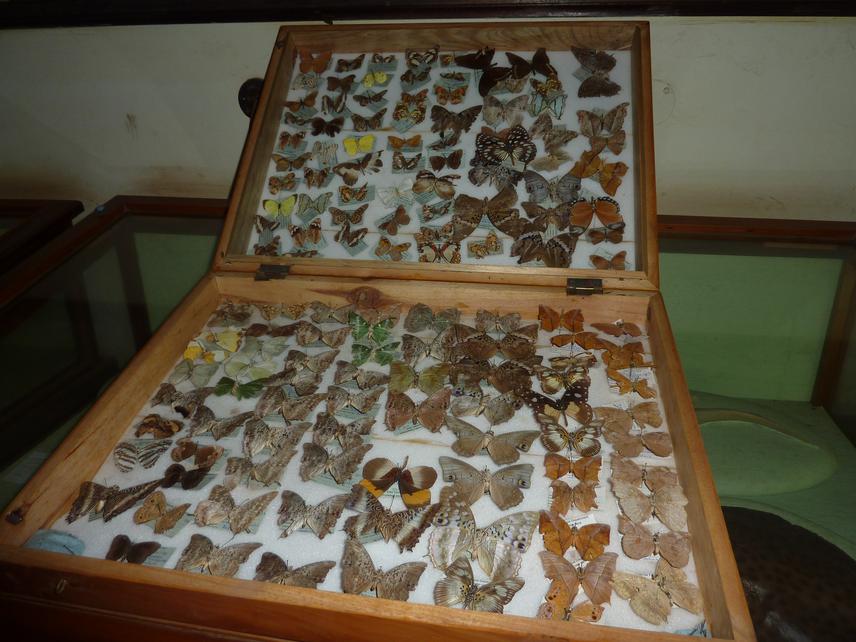Scott Forbes
The aim is to collect data analysis of butterfly communities for species richness, abundance and diversity. Local community training and education for participation in long-term monitoring of park habitat and butterfly communities; captive ranching and integrated ecotourism opportunites with the Uganda Wildlife Authority.

Semuliki National Park in Western Uganda is located within the biodiversity hotspot of the Albertine Rift Valley. It is managed by the Uganda Wildlife Authority and is the only lowland tropical forest located in East Africa. It is an extension of the Ituri Forest of the Democratic Republic of Congo, which forms a border with the park and this ultimately provides a significant Central African influence on the fauna and flora found within the park. The park had been neglected for over two decades, both as a tourist destination and as a resource for research opportunities. This was due to a number of factors including regional instability, lack of security and no provision of a functioning road network to access the park. Now, with the region relatively peaceful and with direct access to the park provided by a newly built road the park can easily be reached from Fort Portal, the nearest town.
There are three main facets to the project, research, conservation and education. The first will be conducted in the field and identify suitable transects for trapping butterflies with bait. The number of butterfly species found in Uganda is around 1300 of which over 300 have historically been recorded in Semuliki. The data collected from the field will allow the analysis of species richness, abundance and diversity of butterfly communities found in the park. Collection of caterpillars for captive ranching possibilities will be instigated. Regular long term monitoring will provide necessary temporal abundance patterns. This function will be provided by two rangers and individuals from the nearby communities who will be taught butterfly identification. Once the rangers are sufficiently trained, they can provide a butterfly tour of the park which can be included in the current Uganda Wildlife Authority Park’s eco-tourism initiatives. Finally the research will contribute to a detailed management plan on the conservation of butterflies at Semuliki, taking into account the use of the park by the nearby communities.
The final part will focus on the recording and digitisation of over 30,000 historical butterfly specimens which are currently being stored at Makerere University Museum. A student from the University will be trained and provided resources to digitally capture an image from an example specimen of each species. Each image will then be uploaded to a ‘Butterflies of Uganda’ website. This website will provide an excellent educational resource not only for the people of Uganda but other researchers of Afrotropical butterflies.